THE BIG PICTURE Leafy green vegetables, especially dark green ones, are the most nutrient-dense foods on the planet. That makes the act of eating a salad one of the most important things you can do to improve your overall well being and maintain a healthy amount of body fat. As long as your salads are done right (see below), eating more of them will both decrease the calories you take in and increase the nutrients you get. This means salad consumption is very helpful for both weight loss and health gain.
NUTRIENT DENSITY Healthy foods are nutrient dense, meaning they have a lot of nutrients per calorie. Micronutrients are a class of nutrients that are crucial for having a long, healthy life. They keep your body in running order, including your bones, soft tissues, eyes, and immune system. Getting lots of them also significantly reduces your risk of many diseases, including certain types of cancer. Calories are what give you energy. Since you only need so much energy per day, you’re better off getting as much nutrition as you can along with those calories. Most people eating Western diets get too many calories and not enough micronutrients. This almost always leads to too much body fat and ill health. That means most Westerners need to eat more foods that are more nutrient dense, like greens.
Salad is high in many nutrients, including fiber. Eating fibrous foods such as vegetables, beans, and fruit fills the volume of your stomach and makes you feel full and satisfied. That leaves less room for food that is less healthy. And so, one easy step you can take to reduce the amount of calories you eat while increasing the amount of nutrients you get is to eat a salad every day, preferably before a big meal like lunch or dinner. Some people even base an entire meal on salad by adding other yummy ingredients, like the ones below.
WHAT MAKES A SALAD AWESOME? Aside from green leaves, there are many more tasty and health-promoting foods you can add to your salad. Here are some:
-greens: romaine lettuce, spinach, mixed greens, arugula -other vegetables: bell peppers, onions, tomatoes, carrots, sprouts, artichoke hearts -fruits: diced grapefruit, apples, figs, berries, and any dried fruits -nuts and seeds: pumpkin seeds, hemp seeds, sunflower seeds, walnuts, almonds, flaxseed -herbs, fresh or dried: cilantro, oregano, mint -legumes: black beans, red lentils, garbanzo beans, kidney beans, sweet peas -whole grains: brown rice, quinoa, barley, millet, wild rice, corn
The more ingredients you add from the vegetables, legumes, and fruits categories, the more nutrients your salad has per calorie. And when you include fruits, herbs, and other delicious foods, the tastier your salad becomes and the less dressing you might want to add.
WHAT MAKES A SALAD BACKFIRE? Adding foods that are low in nutrients but high in calories can destroy the health status of a salad in no time. Meat, cheese, and oil are common examples. If you add these foods, they should be in small amounts (the smallest amount you can muster). Croutons made from white bread are another example of a low-nutrient food often added to salads.
Many salad dressings are based on oil, which is one of the least nutrient dense foods around. Even olive oil, which has been heavily advertised as a health food, is actually very low in nutrients aside from fat, from which it gets 100% of its calories. That means that the more oil and oil-based dressings you add to your greens, the less health-promoting the salad becomes. And the harder it will be to maintain a healthy weight or to lose weight.
HOW DO I MAKE A HEALTHY SALAD DRESSING? If you are buying a salad dressing, one of the first ingredients in the ingredient list should be some kind of vinegar or water, not oil. One trick is to just buy vinegar on its own, such as balsamic, apple cider, etc. You can also use hummus, tahini, salsa, and hot sauce as great salad toppings that can be mixed in to add a lot of flavor.
There are lots of recipes for healthy salad dressings, but here’s a simple formula you can use to create your own: Pick a vinegar, a nut butter or seed butter, an herb or spice, and a citrus fruit. Put these ingredients into a blender and add enough water to blend. Keep adding water until you have the desired consistency and flavor power. Lots of vinegar will take lots of water and other ingredients to mellow out. The more nut or seed butter you add, the more calories the salad dressing will have. Athletes needing more calories can be generous with the amount of nuts and seeds their salads--and any meal--include.
Part 1: Stop Drinking Calories!
DISCLAIMER: The author is neither a nutritionist nor registered dietician. Information contained herein was gathered from many sources and can be found in the literature of such organizations as the World Health Organization, the American Dietetics Association, the American Council on Exercise, National Institutes of Health, and others. Consult with a physician before making changes to your diet or exercise program.
For more about the Author, Sebastian Grubb visit: SebastianGrubb.com















 The beautiful image above is of the
The beautiful image above is of the 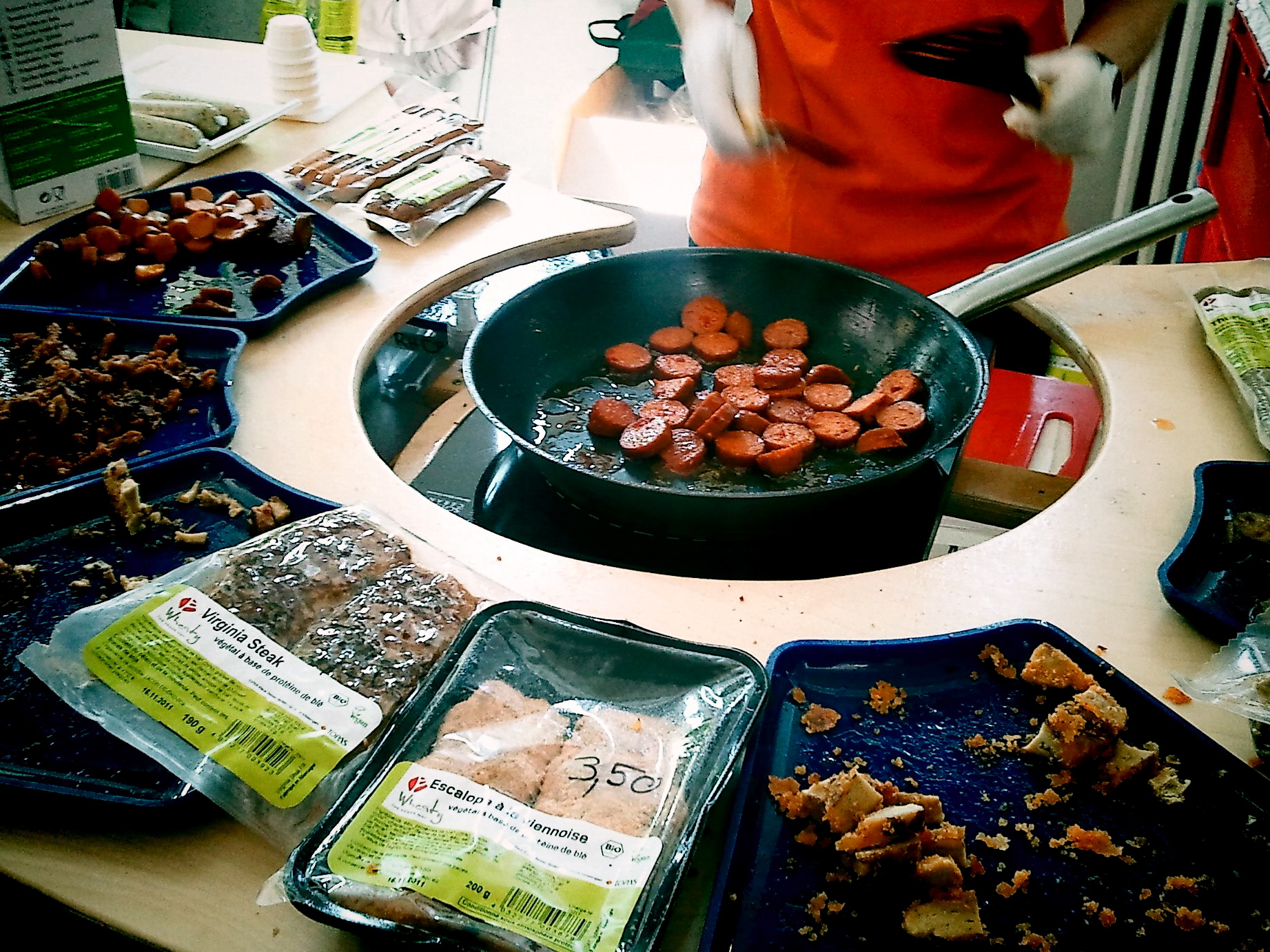



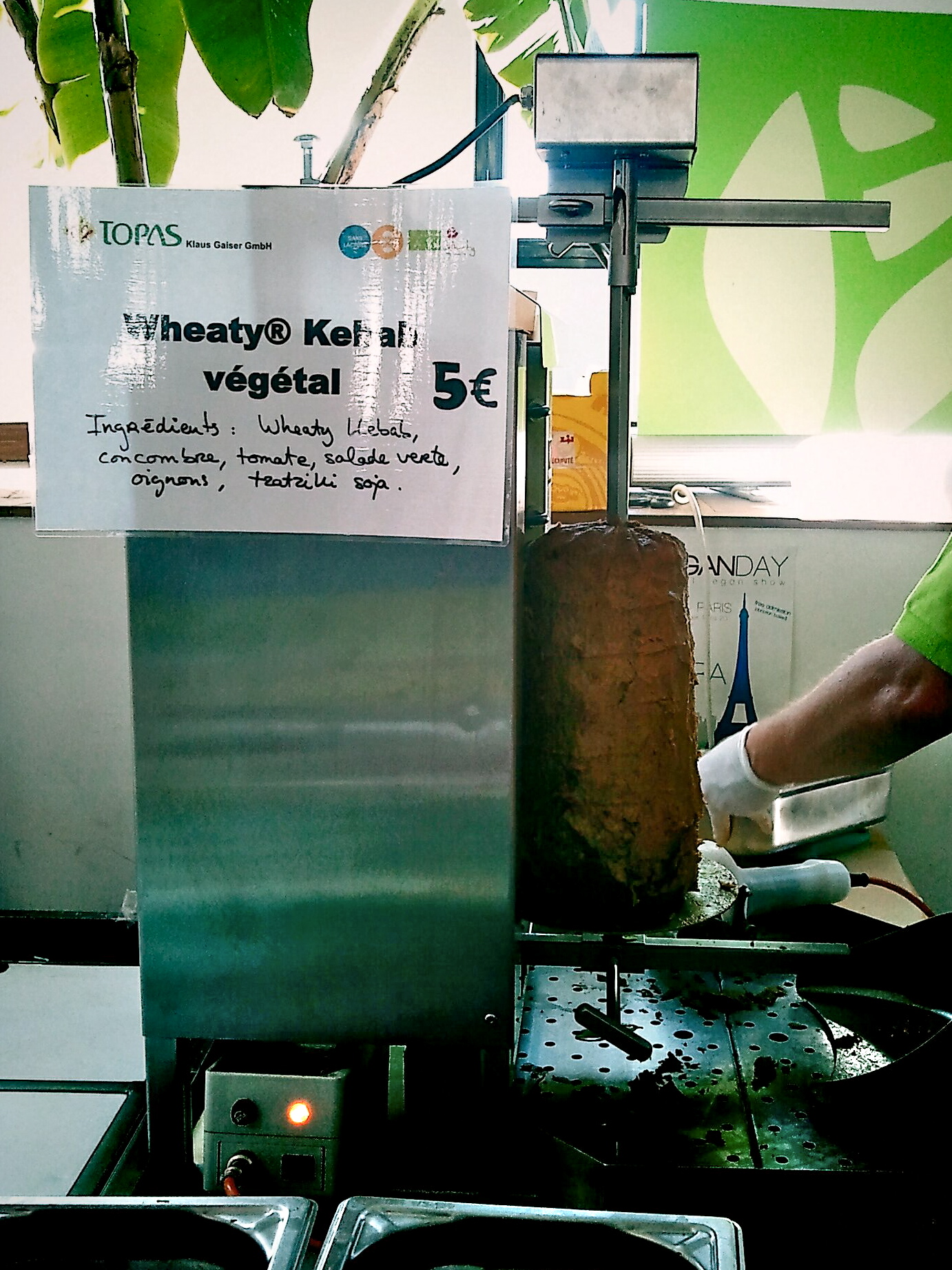

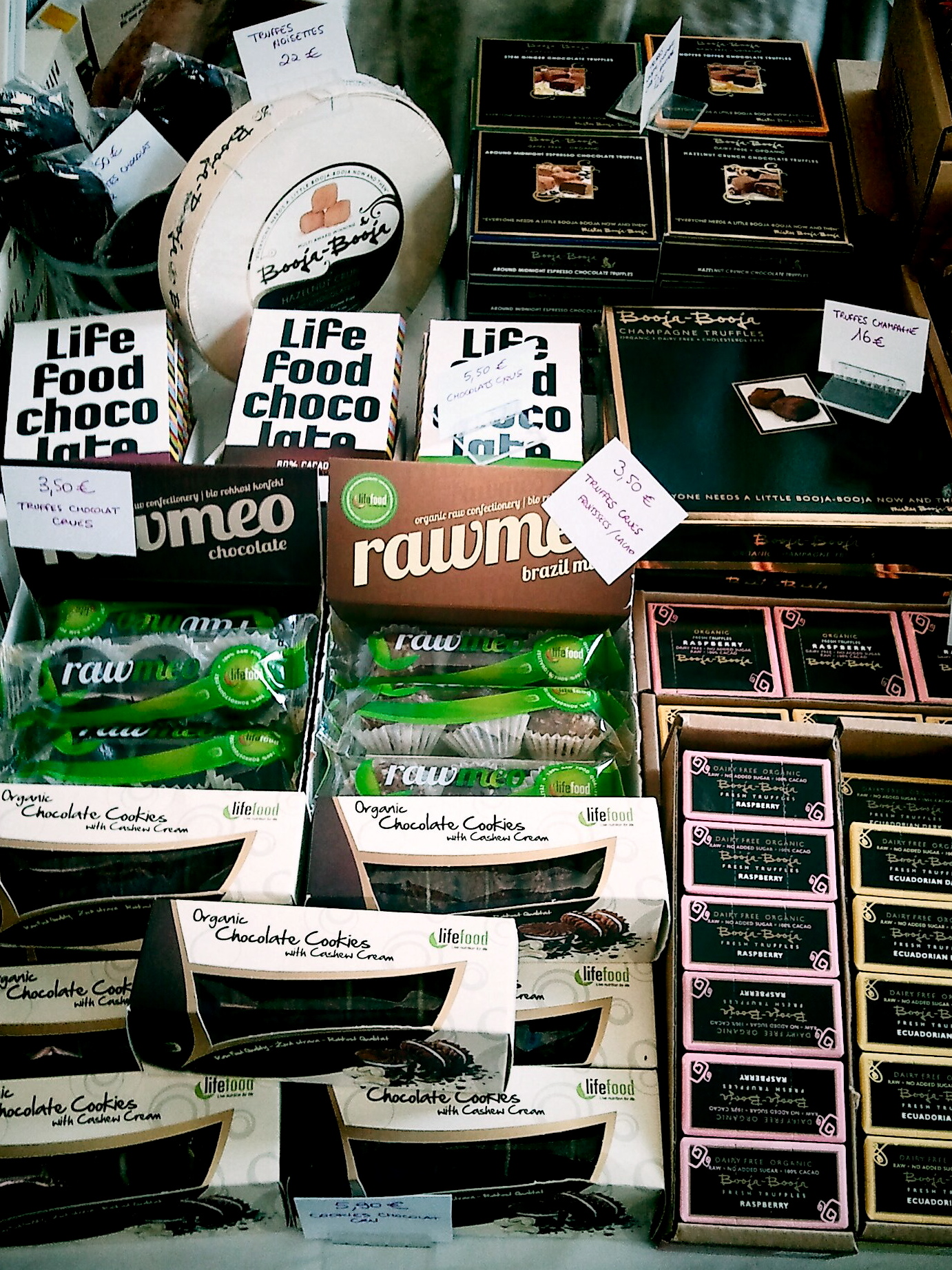


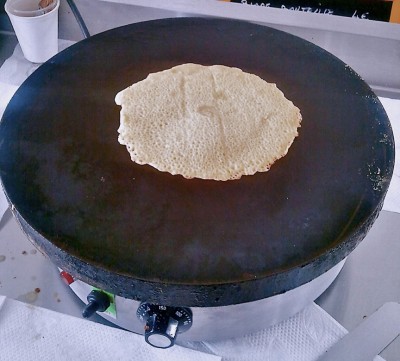
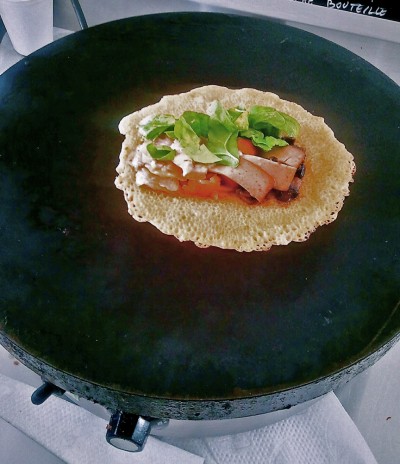


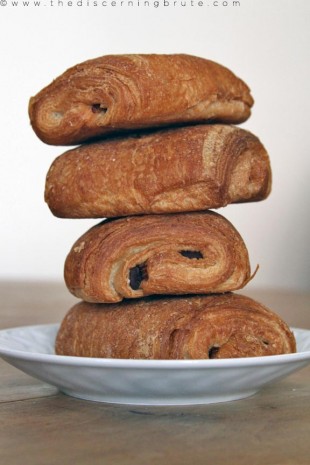
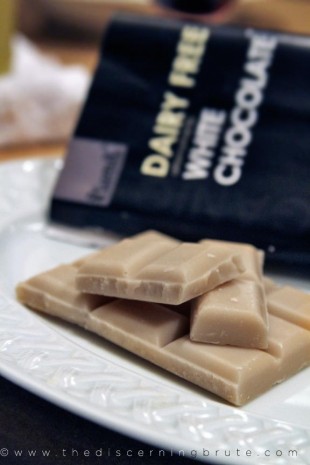


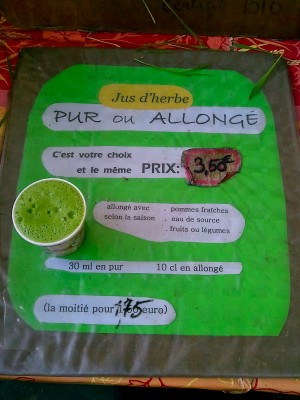

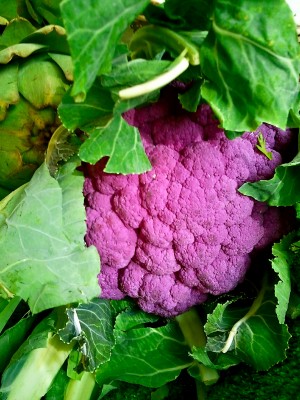
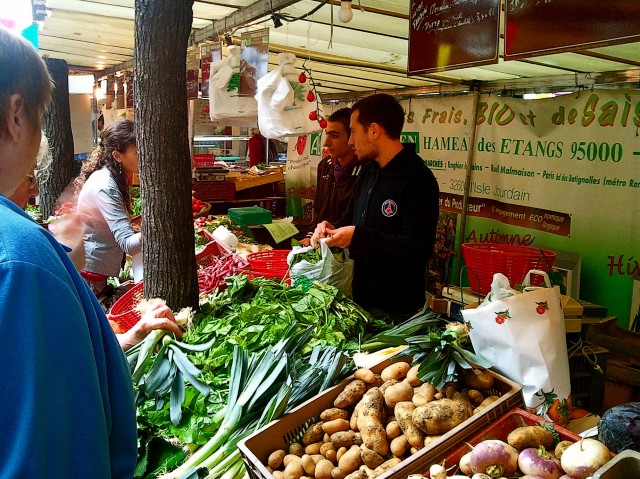
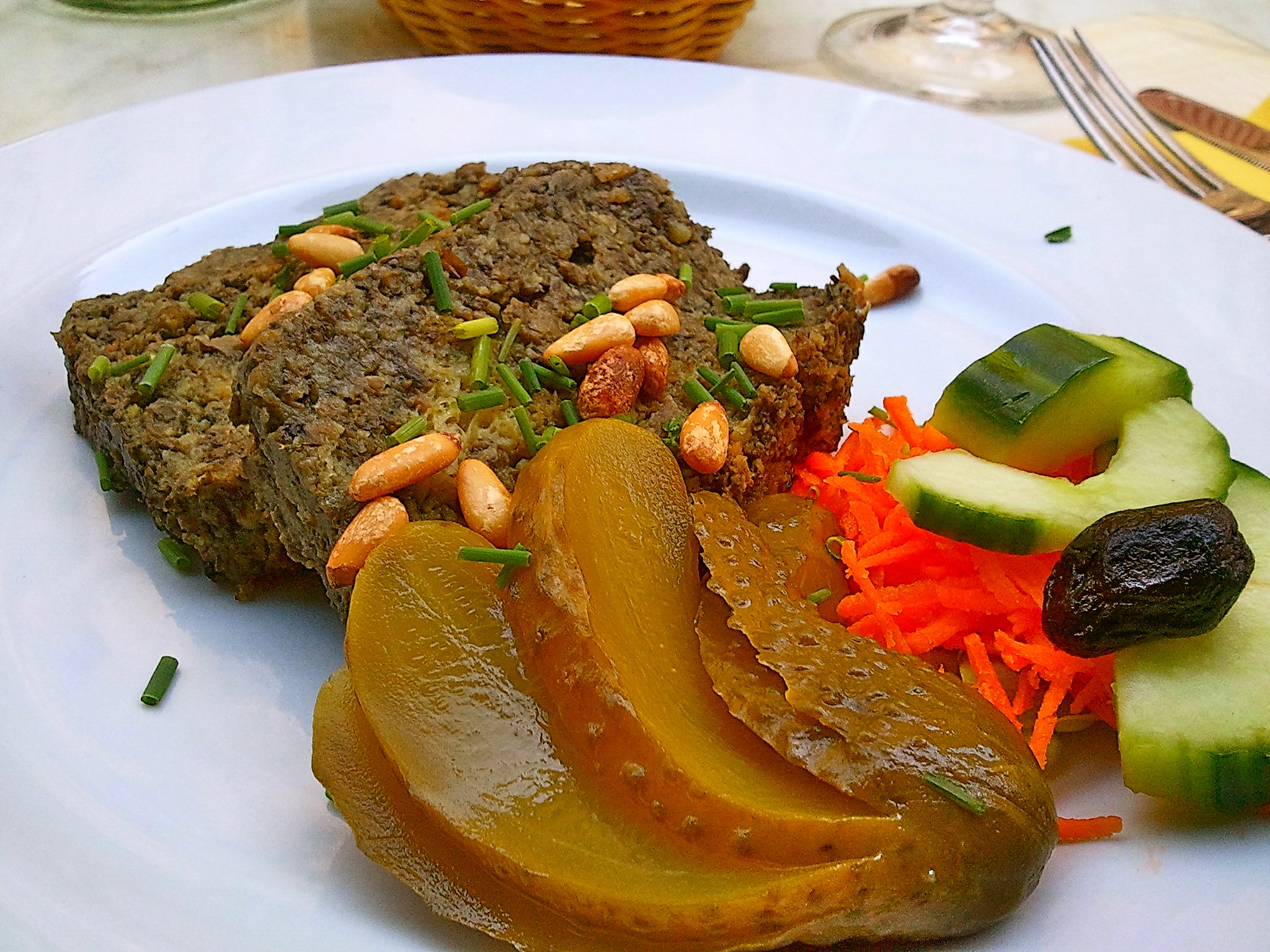
 I really wasn't expecting a day like today. I woke up at noon with no sign of my biological clock. Not that I didn't get enough sleep but I felt as though it could be 8 AM or 4 PM. Very odd! Well Joshua and I decided to skip breakfast and eat lunch at a vegetarian restaurant called
I really wasn't expecting a day like today. I woke up at noon with no sign of my biological clock. Not that I didn't get enough sleep but I felt as though it could be 8 AM or 4 PM. Very odd! Well Joshua and I decided to skip breakfast and eat lunch at a vegetarian restaurant called 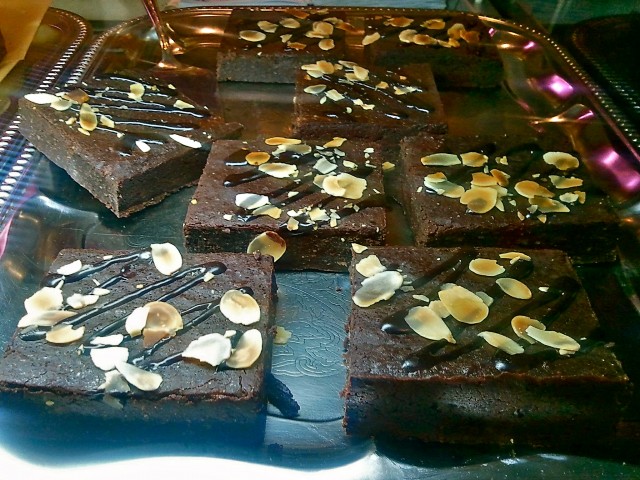
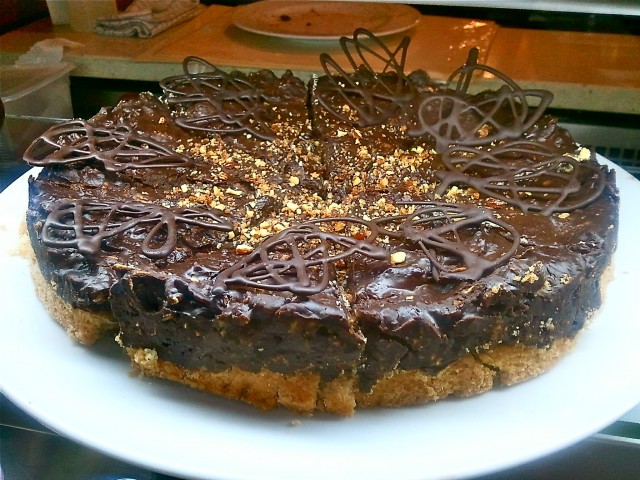



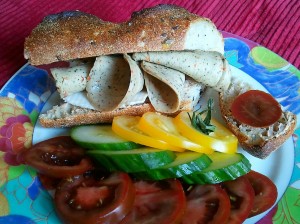

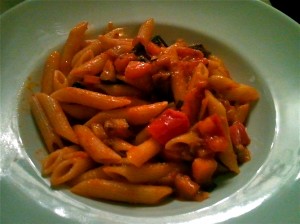
 Walking through the streets of Paris today I noticed that many Parisians present themselves in such a way that shows self respect and confidence. I don't mean designer labels and expensive accessories. I'll call it thoughtful. I appreciate their thoughtful sensibilities because I very similarly put thought into what I wear, for example, in the image above
Walking through the streets of Paris today I noticed that many Parisians present themselves in such a way that shows self respect and confidence. I don't mean designer labels and expensive accessories. I'll call it thoughtful. I appreciate their thoughtful sensibilities because I very similarly put thought into what I wear, for example, in the image above 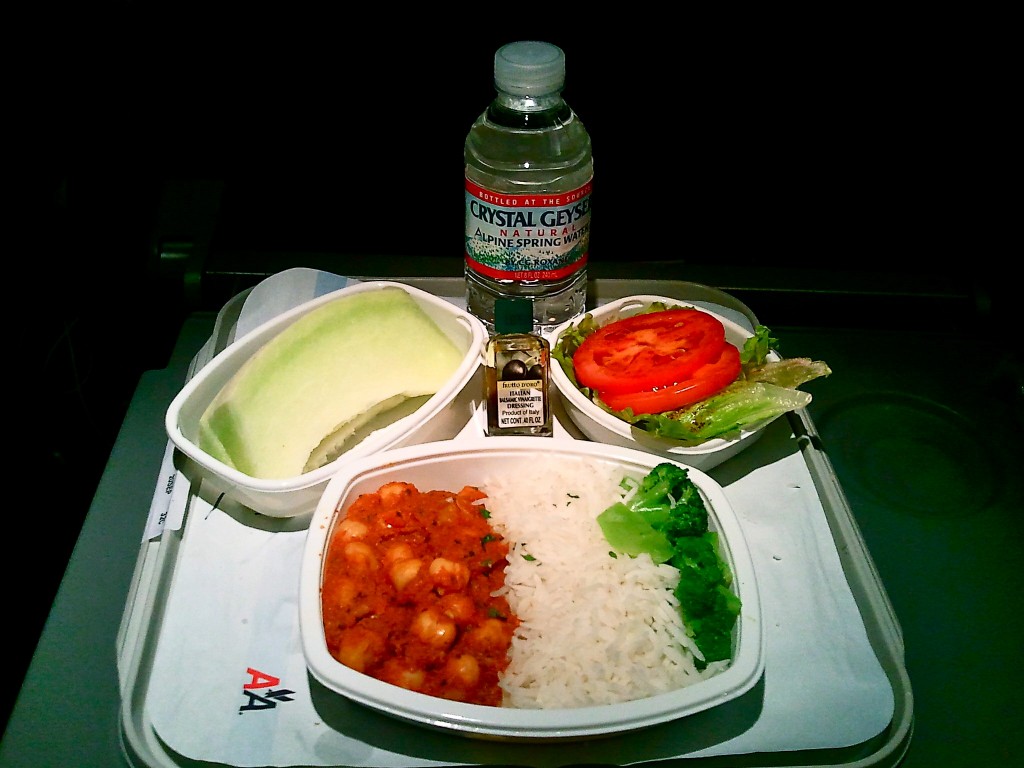
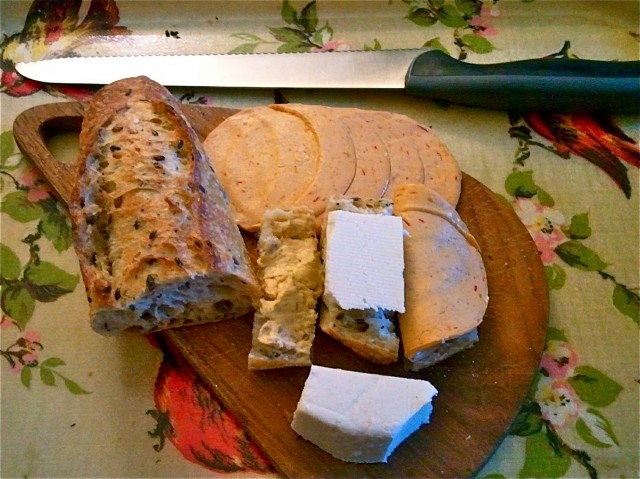
 Earlier this week 'Mover'
Earlier this week 'Mover' 
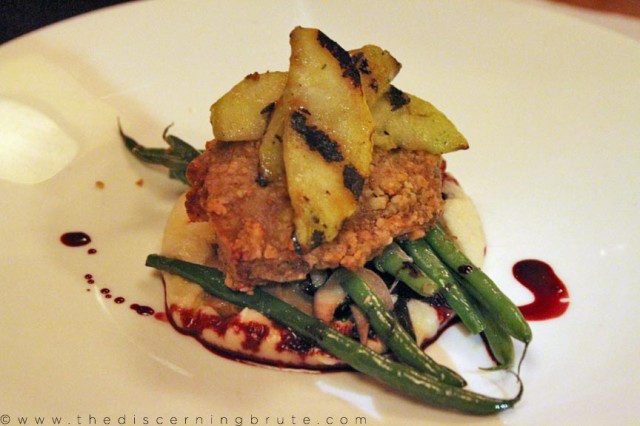

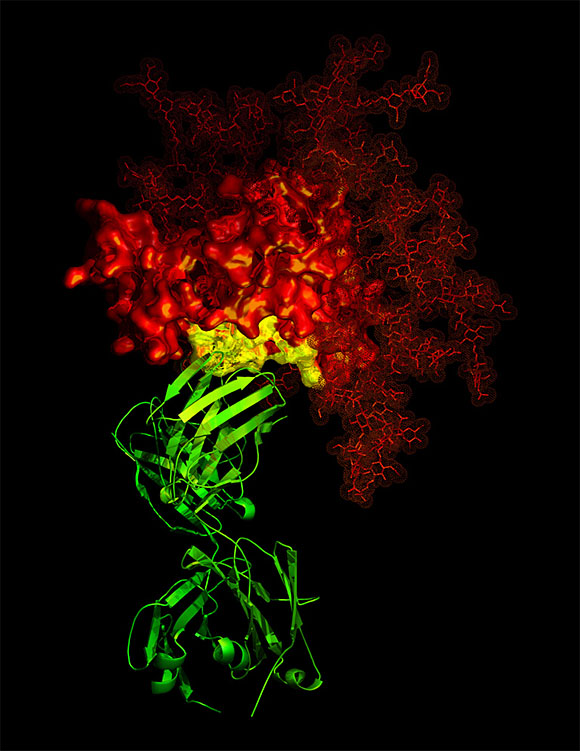
 Using machines to workout has become commonplace in our culture. For many people they are irreplaceable. But let's pause for a moment: is there anything strange about using machinery to train our bodies? Well, it's certainly a good way to become proficient at using machines! But what about high-dynamic or everyday activities that use our full body in a coordinated way? Workout machines (with a few exceptions) just don't replicate that. And relying on them can actually detrain your nervous system and its ability to coordinate many muscle groups efficiently and effectively. Not only that, but machines do such a great job of creating a stable environment that little-to-no balance is required on your part. And that means you need far fewer muscle groups to accomplish a given task. In the end that means you do less work in a machine-based activity and hence less you get benefit for your muscles and overall fitness.
Many such machines were developed in the 20th century and are a mainstay for physical therapy and helping patients recover from injuries. For these patients, having a more stable environment is often necessary because of a previous injury and the need to isolate a specific muscle or muscle group. But for the rest of us what we need is actually a less stable environment and less isolation! (Not to mention that many people recovering from injuries can benefit from stability training too.) I see the popularity of workout machines being due to a few things: increased comfort from an indoor workout environment; sense of satisfaction in knowing that you are working a single muscle and what that muscle is; sedentary workouts - most machines require that you sit down to use them; and simplicity of participation, e.g. press a button or move a weight pin and adjust seat height, then begin. Simplicity is good, but maybe we would benefit from taking some time to learn more complex, non-machine-based movements. In fact, I wholeheartedly believe that traditional exercises without machines are better for you and more worth your time. And in the end, what is so complicated about a push-up?
Using machines to workout has become commonplace in our culture. For many people they are irreplaceable. But let's pause for a moment: is there anything strange about using machinery to train our bodies? Well, it's certainly a good way to become proficient at using machines! But what about high-dynamic or everyday activities that use our full body in a coordinated way? Workout machines (with a few exceptions) just don't replicate that. And relying on them can actually detrain your nervous system and its ability to coordinate many muscle groups efficiently and effectively. Not only that, but machines do such a great job of creating a stable environment that little-to-no balance is required on your part. And that means you need far fewer muscle groups to accomplish a given task. In the end that means you do less work in a machine-based activity and hence less you get benefit for your muscles and overall fitness.
Many such machines were developed in the 20th century and are a mainstay for physical therapy and helping patients recover from injuries. For these patients, having a more stable environment is often necessary because of a previous injury and the need to isolate a specific muscle or muscle group. But for the rest of us what we need is actually a less stable environment and less isolation! (Not to mention that many people recovering from injuries can benefit from stability training too.) I see the popularity of workout machines being due to a few things: increased comfort from an indoor workout environment; sense of satisfaction in knowing that you are working a single muscle and what that muscle is; sedentary workouts - most machines require that you sit down to use them; and simplicity of participation, e.g. press a button or move a weight pin and adjust seat height, then begin. Simplicity is good, but maybe we would benefit from taking some time to learn more complex, non-machine-based movements. In fact, I wholeheartedly believe that traditional exercises without machines are better for you and more worth your time. And in the end, what is so complicated about a push-up? VITAMIN D DETAILS
VITAMIN D DETAILS  The less one exercises, the more one is likely to develop weak bones. This is especially true for women because of their particular hormone levels and patterns. Bones that weaken tend to do so as one ages. However, this may not be due to age itself but rather to the propensity for reduced activity later in life. What kind of exercise is best? Weight-bearing exercise. This category includes those activities that place a stress on bones, which in turn causes a strengthening response in those bones, just like muscles. Examples of such activities are walking, running, dancing, muscular strength-training, and sports based on any of these. Examples of non-weight-bearing activities are swimming and bike-riding, because in these activities one's relation to the ground remains relatively constant and so the bones bear less stress. If the bones are needed less for bearing stress such as one's own weight, they tend to weaken over time, which is why astronauts lose bone mass while in outer space.
The less one exercises, the more one is likely to develop weak bones. This is especially true for women because of their particular hormone levels and patterns. Bones that weaken tend to do so as one ages. However, this may not be due to age itself but rather to the propensity for reduced activity later in life. What kind of exercise is best? Weight-bearing exercise. This category includes those activities that place a stress on bones, which in turn causes a strengthening response in those bones, just like muscles. Examples of such activities are walking, running, dancing, muscular strength-training, and sports based on any of these. Examples of non-weight-bearing activities are swimming and bike-riding, because in these activities one's relation to the ground remains relatively constant and so the bones bear less stress. If the bones are needed less for bearing stress such as one's own weight, they tend to weaken over time, which is why astronauts lose bone mass while in outer space.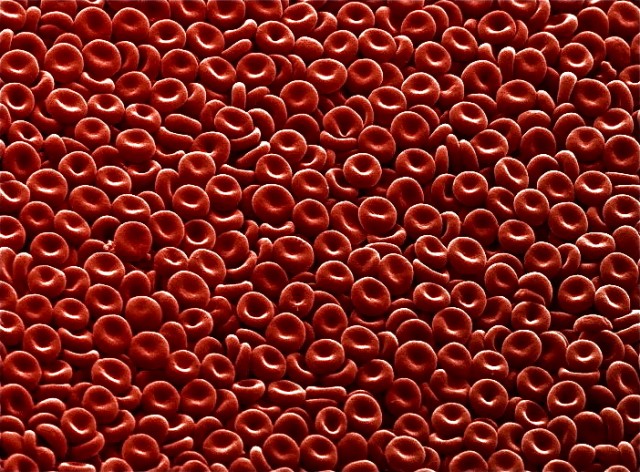 CALCIUM BALANCE: DIETARY INTAKE
CALCIUM BALANCE: DIETARY INTAKE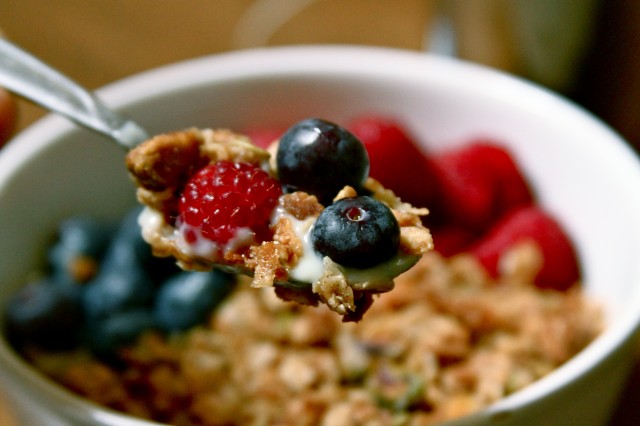
 Vitamin D. This is in part because inadequate levels of Vitamin D in the body have recently been linked to higher risk for a host of diseases (including multiple sclerosis, dementia, Alzheimer's, certain cancers, heart disease, and all-cause mortality). It is also because many populations living in wealthy areas such as the EU, UK and U.S. have been seeing a decrease in their bone-strength (e.g. osteoporosis). And it is calcium (with the help of Vitamin D, Magnesium, and other nutrients) that is the primary raw material for making and maintaining strong bones.
Vitamin D. This is in part because inadequate levels of Vitamin D in the body have recently been linked to higher risk for a host of diseases (including multiple sclerosis, dementia, Alzheimer's, certain cancers, heart disease, and all-cause mortality). It is also because many populations living in wealthy areas such as the EU, UK and U.S. have been seeing a decrease in their bone-strength (e.g. osteoporosis). And it is calcium (with the help of Vitamin D, Magnesium, and other nutrients) that is the primary raw material for making and maintaining strong bones.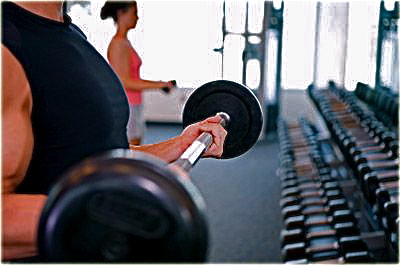 Strength training may be defined as engaging in activities that take increasing muscular strength as their primary focus and benefit. Examples include pull-ups, push-ups, and many acrobatic movements and other specific 'moves' that train many muscle groups at once. Sprinting at top speed is a great way to improve cardiac output (how much blood the heart can put out), and it is also a great way to increase the strength of the major leg muscles.
Strength training may be defined as engaging in activities that take increasing muscular strength as their primary focus and benefit. Examples include pull-ups, push-ups, and many acrobatic movements and other specific 'moves' that train many muscle groups at once. Sprinting at top speed is a great way to improve cardiac output (how much blood the heart can put out), and it is also a great way to increase the strength of the major leg muscles.